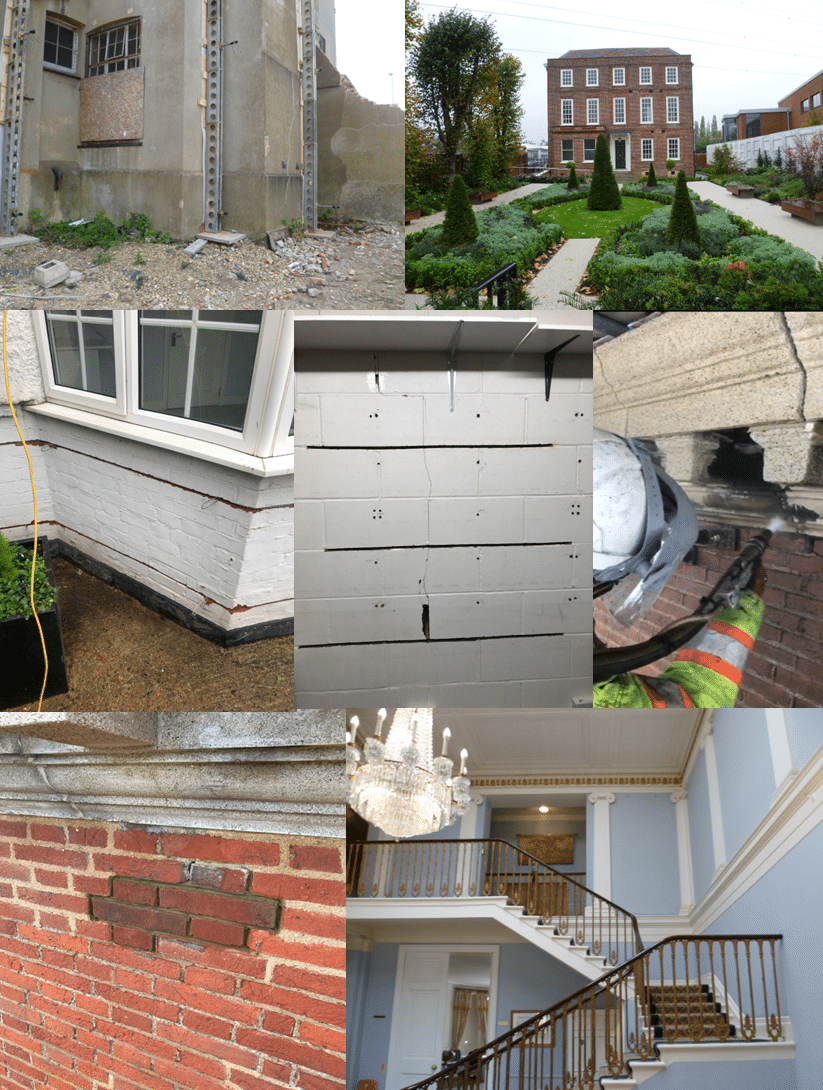
16 Feb Choosing the Best Construction Solution for Your Situation
Unless your home is fairly new, you can expect that at some stage you’ll need some kind of work done on it. This could be anything from making the façade look more attractive to ensure that it doesn’t collapse, but how can you tell which you need?
These are three of the most common types of intervention your home may need.
Masonry Repair
Whether the building’s main material is brick, stone or concrete, the masonry can become worn or damaged over the years. This not only looks unsightly — if left unrepaired, damage can spread, perhaps ultimately compromising the structure. There are several solutions for masonry repair.
If bricks are missing, for example, they’ll need to be replaced, while damaged or eroded materials may either need replacing or repairing, depending on the extent of the problem. Repairs may be carried out by refacing either brick or stone, or else coating concrete. Alternatively, the mortar between the bricks may be crumbling, and the brickwork requires repointing.
Another issue can be that the masonry gets dirty, especially in urban areas. This isn’t merely a cosmetic problem, however, since some of the pollutions that coats the walls can erode them. For both aesthetic and practical reasons, it’s important to get your masonry cleaned.
Structural Repair
Besides masonry degenerating, your home may be suffering damage that can threaten its structure. This may show up as cracks in the walls or bowing, and the best solution will vary according to what’s causing the damage.
The simplest solution is to replace the wall ties in a cavity wall. Old-style ties are more prone to decay than modern versions, so replacing the ties is a good long-term investment anyway.
If the damage is more substantial, often due to ground movement or increased load, a stronger support system may be required. For example, we offer the Helibeam System, in which deep masonry beams restore integrity to the wall and distribute the structural loads.
Underpinning
If substantial cracks appear in the walls, or the door or window frames pull away from the masonry around it, this may be a sign of subsidence, where the subsoil is unable to support the foundations sufficiently. Subsidence may be due to easily fixed issues, such as tree roots or leaking drains, but sometimes it’s necessary to strengthen the foundations through underpinning.
There are various underpinning techniques, but most commonly the best solution for a domestic house is mini-piling. This involves driving or drilling below the foundations to insert concrete piles that distribute the load of the building down to a more secure level of subsoil.
Underpinning is most often associated with repairing foundations after subsidence, but it can also be part of planned work. For example, if you’re raising the roof to add an extra storey, the foundations may need to be strengthened through underpinning to take the extra load
How to Tell What Solution You Need
These descriptions should give you an idea of what kind of solution is best, but the only way to be sure is to have a construction firm with a proven track record in the various techniques take a look. They can advise you of your various options.
You’re very welcome to give us a call and see if we can help with the best construction solution for you.




